How Pandora Intelligence uses graphs to boost security
Big Data is overabundant and increasing daily. But accessing huge amounts of data does not automatically produce clear insights. The challenge is analyzing the information effectively and efficiently. Mining data for complex, and often hidden, information is key for many companies seeking to improve public safety or simply increase their market share.
Pandora Intelligence specializes in analyzing large data volumes, using proprietary AI and deep-learning algorithms. The experts correlate actively acquired data, open-source data, and creative data such as films, books, and plays. Then the company uses this combined dataset to uncover the “narrative”. Ultimately, Pandora Intelligence offers clients specific intervention options to adjust the unfolding story and help change the course of events.
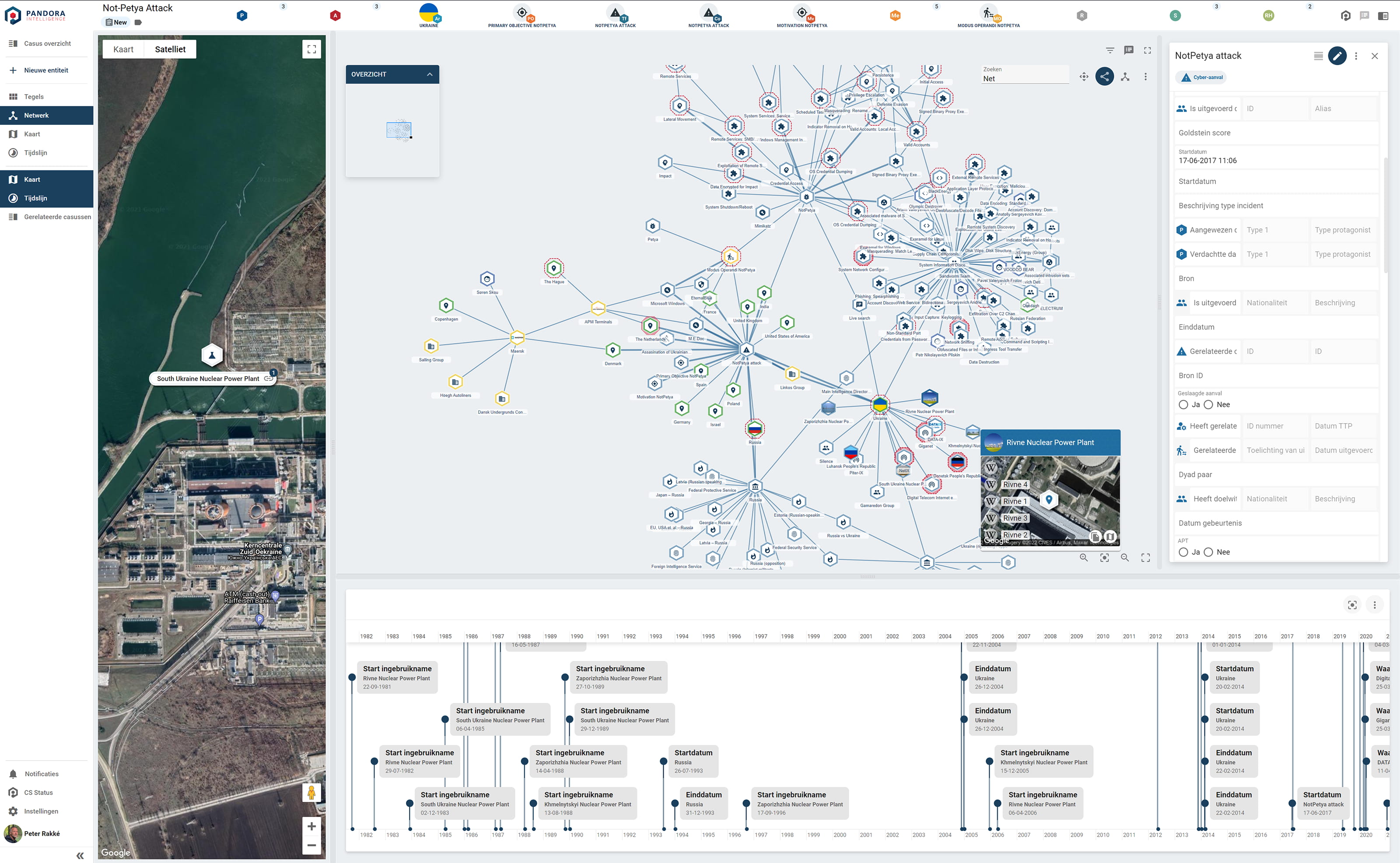
Needs & objectives
Needs analysis
- Visualization of large data volumes
- Customized layouts and views
- High-end rendering
- TypeScript technology
Objectives
- Simultaneously depict temporal, geospatial, and relational data
- Easily switch between (and combine) views
- Clear, appealing display in any layout
Data mining and predictive analytics
Pandora Intelligence uses a patented, scenario-based model to capture the elements and relationships involved in any story. This enables the company to analyze, compare, correlate, dissect, and depict narratives — in past as well as emerging events.
To further feed the scenario model, Pandora Intelligence actively helps its clients by acquiring information about adverse organizations and relating this information to the Pandora scenario model. To achieve this goal, the company has partners around the world and commissions highly-skilled operational teams.
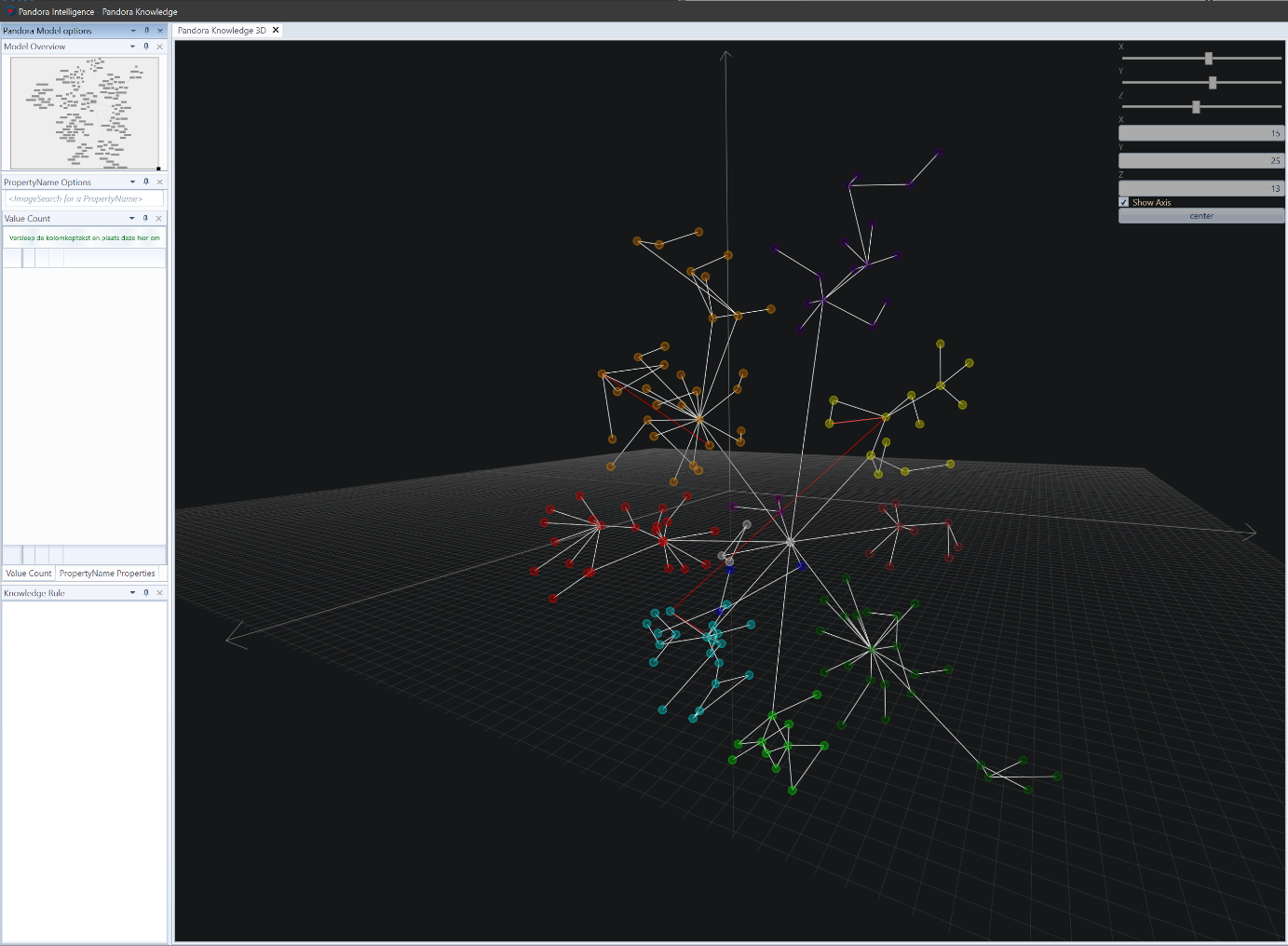
A powerful engine under the hood
Doctoral Thesis
What happens when an accomplished filmmaker starts looking at real-life crime through a story lens? If he’s Peter de Kock, he writes his doctoral thesis on anticipating criminal behavior – and starts a cutting-edge company.
There is a dynamic layer within the application, no fixed data domain. Pandora Intelligence created an engine dependent on the ontology in the application. Story components (entity types) are identified automatically. Relationships are initially defined manually, then learned by the engine. Roles are another layer on top of the empirical information. In the background — “under the hood” so to speak — this is all structured in graphs: with edges and nodes.
One strength of the Pandora platform is that, if you have separate stories, you can calculate the distance between the stories, as Pandora Intelligence CTO Rakké explains. You can also automatically aggregate the stories — for example, in the case of human trafficking, combining 60 police reports to discover the “hidden logic” of criminal actions.
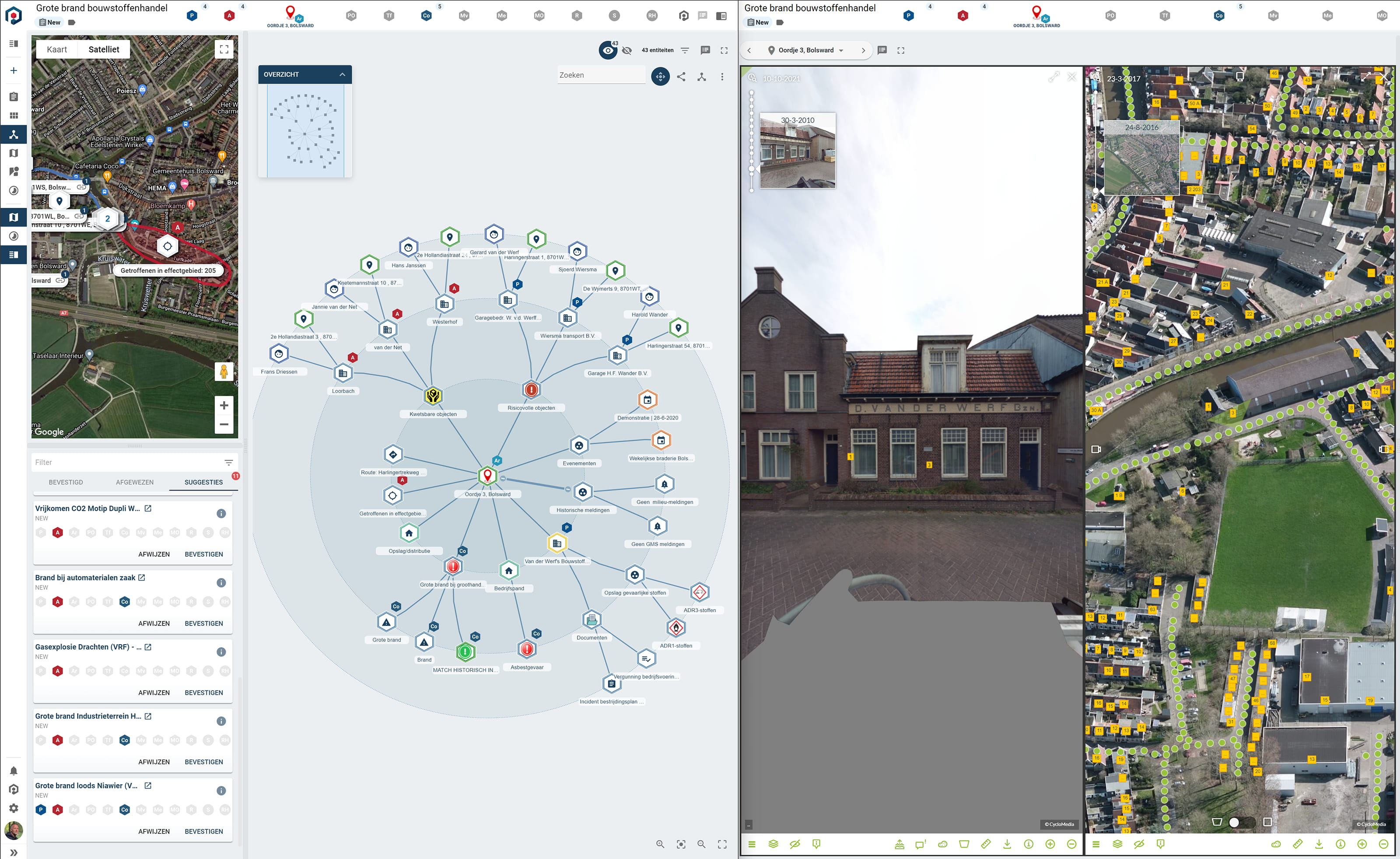
Explore the interactive demos!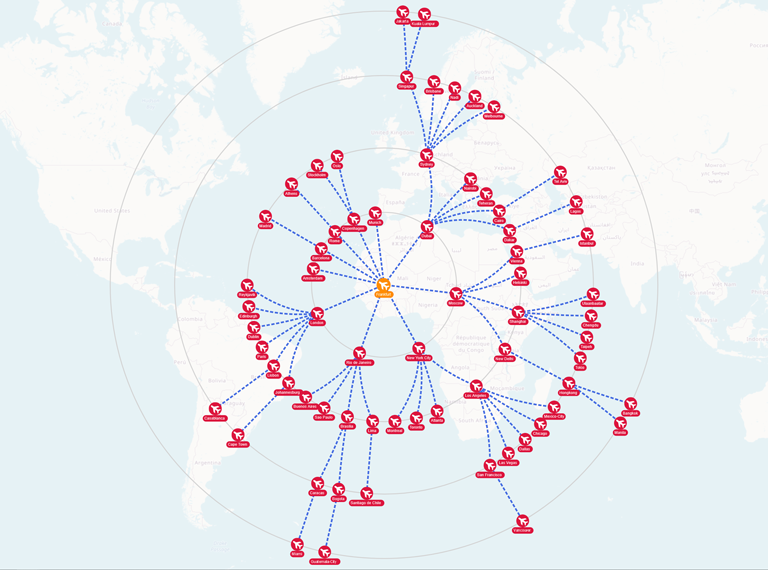
Another example: When Dutch emergency services receive a fire alarm, the dynamic Pandora engine automatically builds a complete picture of the event: from building contents (e.g. hazardous materials), incident type (e.g. electrical fire), weather (e.g. wind direction and speed). Previously, eight people needed to gather this information manually. Pandora only needs about a minute, and no supervision.
Pandora also lets you reason with data: visualizing the affected area, how many people need to be evacuated, emergency capacities in nearby hospitals, and more. Pandora groups the “vulnerable objects” within the vicinity of the fire (childcare facilities, retirement homes, etc.). The engine even supplies lists of similar fires and how they were managed in the past. All automatically, and clearly structured in layers.
Test and experience yFiles free of charge!

- Free support
- Fully functional
- 100+ source-code examples
Making connections, uncovering meaning
Explore the interactive demos!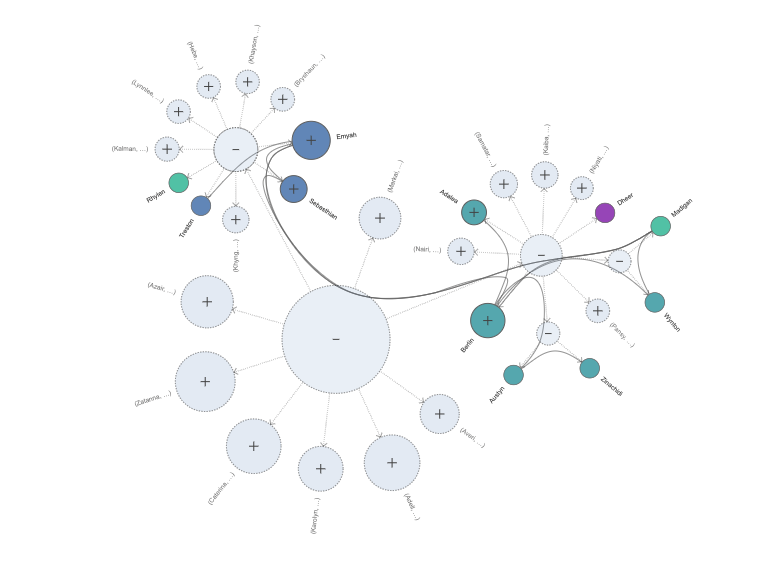 yFiles large graph demos
yFiles large graph demos
Pandora Intelligence founder Peter de Kock, now a professor at Tilburg University, has incredible talent for discovering the story elements within events. And CTO Peter Rakké is the technical mastermind who brings de Kock’s vision to life. Rakké explains: “Pandora Intelligence needs to present very complex information in a clear, understandable way. And yFiles from yWorks offers a fundamental component. This SDK makes it possible to simultaneously visualize geospatial, time, and connection data,” allowing users to grasp situations at a glance. “yFiles also can handle large graphs, adjusting styles and details to the zoom level,” he continues. “The SDK is very well-documented and that all demos are available in both JavaScript and TypeScript was really helpful, too. The yFiles layout algorithms are the best available.”
 We've been using yFiles since 2005. After looking at competitors, we decided to stick with yFiles. Its algorithms for layout are the best available. yFiles lets us simultaneously visualize geo data, time data, and the underlying connections.Peter Rakké, Chief Technology Officer, Case Study - Pandora Intelligence
We've been using yFiles since 2005. After looking at competitors, we decided to stick with yFiles. Its algorithms for layout are the best available. yFiles lets us simultaneously visualize geo data, time data, and the underlying connections.Peter Rakké, Chief Technology Officer, Case Study - Pandora Intelligence
Stories that change the world
yFiles continues to impress:
Peter Rakké is excited to further improve their Pandora’s software with yFiles’ new WebGL2 support for hardware-accelerated graph rendering.
Despite initially focusing on crime and safety, the Pandora methodology, ontology, and platform are designed to be used in various areas. It’s exciting to imagine a future where stories work to limit risk — and enhance opportunities — in fields like healthcare, finance, and cybersecurity. yWorks is proud to provide support behind the scenes!
yFiles demos mentioned in this article

Pandora Intelligence is an independent intelligence company, specialized in security risks.
Discover more at pandoraintelligence.com














